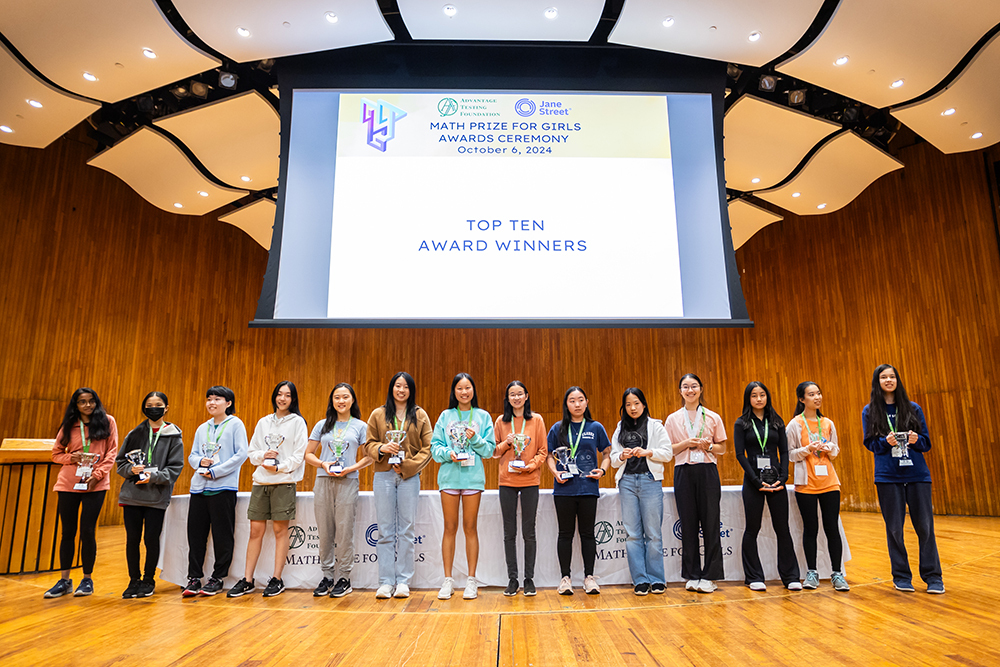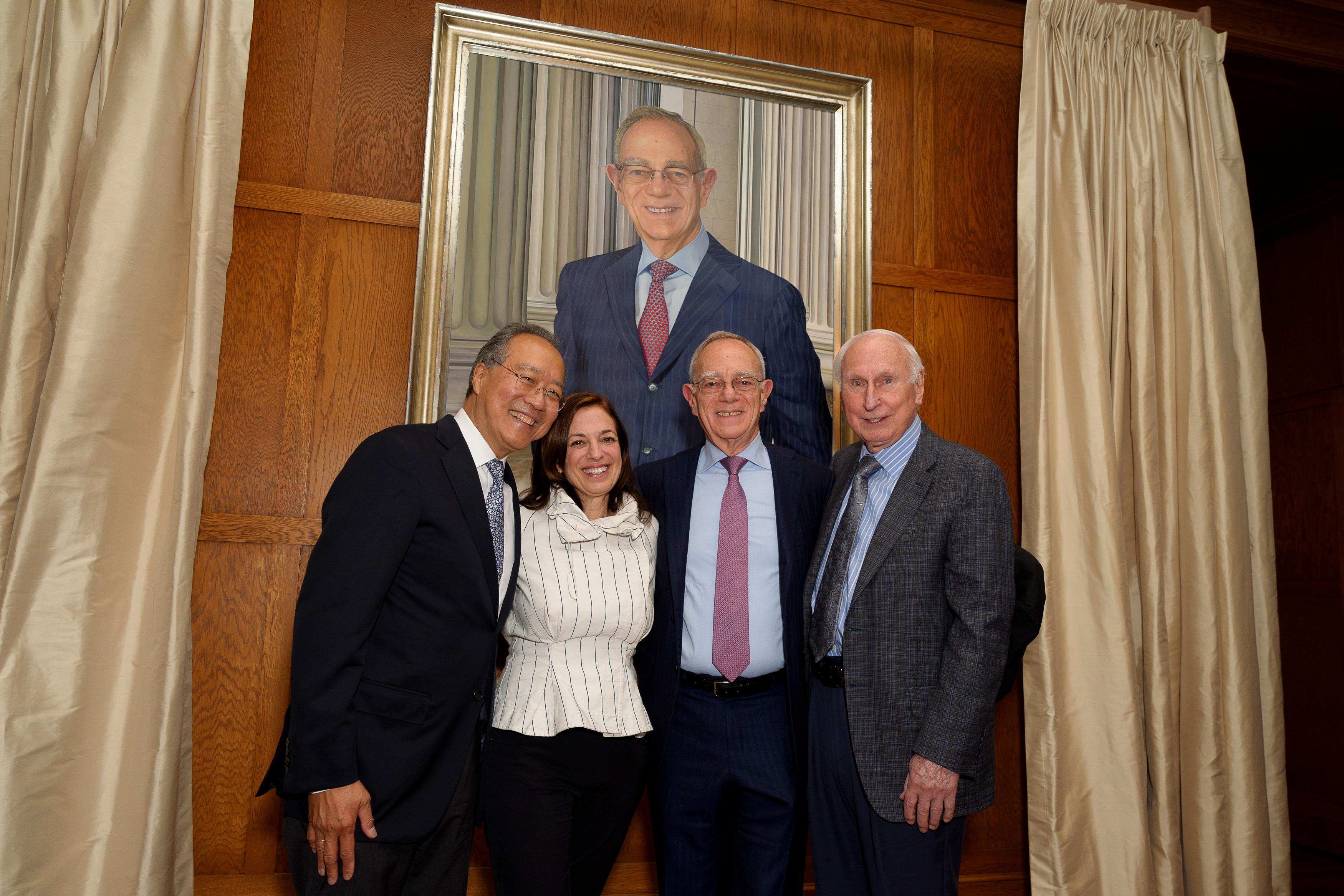The next time you cook pasta, imagine that you are cooking spaghetti, rigatoni, and seven other varieties all together, and they need to be separated onto 10 different plates before serving. A colander can remove the water — but you still have a mound of unsorted noodles.
Now imagine that this had to be done for thousands of tons of pasta a day. That gives you an idea of the scale of the problem facing Brendan Smith PhD ’18, co-founder and CEO of SiTration, a startup formed out of MIT’s Department of Materials Science and Engineering (DMSE) in 2020.
SiTration, which raised $11.8 million in seed capital led by venture capital firm 2150 earlier this month, is revolutionizing the extraction and refining of copper, cobalt, nickel, lithium, precious metals, and other materials critical to manufacturing clean-energy technologies such as electric motors, wind turbines, and batteries. Its initial target applications are recovering the materials from complex mining feed streams, spent lithium-ion batteries from electric vehicles, and various metals refining processes.
The company’s breakthrough lies in a new silicon membrane technology that can be adjusted to efficiently recover disparate materials, providing a more sustainable and economically viable alternative to conventional, chemically intensive processes. Think of a colander with adjustable pores to strain different types of pasta. SiTration’s technology has garnered interest from industry players, including mining giant Rio Tinto.
Some observers may question whether targeting such different industries could cause the company to lose focus. “But when you dig into these markets, you discover there is actually a significant overlap in how all of these materials are recovered, making it possible for a single solution to have impact across verticals,” Smith says.
Powering up materials recovery
Conventional methods of extracting critical materials in mining, refining, and recycling lithium-ion batteries involve heavy use of chemicals and heat, which harm the environment. Typically, raw ore from mines or spent batteries are ground into fine particles before being dissolved in acid or incinerated in a furnace. Afterward, they undergo intensive chemical processing to separate and purify the valuable materials.
“It requires as much as 10 tons of chemical input to produce one ton of critical material recovered from the mining or battery recycling feedstock,” says Smith. Operators can then sell the recaptured materials back into the supply chain, but suffer from wide swings in profitability due to uncertain market prices. Lithium prices have been the most volatile, having surged more than 400 percent before tumbling back to near-original levels in the past two years. Despite their poor economics and negative environmental impact, these processes remain the state of the art today.
By contrast, SiTration is electrifying the critical-materials recovery process, improving efficiency, producing less chemical waste, and reducing the use of chemicals and heat. What’s more, the company’s processing technology is built to be highly adaptable, so it can handle all kinds of materials.
The core technology is based on work done at MIT to develop a novel type of membrane made from silicon, which is durable enough to withstand harsh chemicals and high temperatures while conducting electricity. It’s also highly tunable, meaning it can be modified or adjusted to suit different conditions or target specific materials.
SiTration’s technology also incorporates electro-extraction, a technique that uses electrochemistry to further isolate and extract specific target materials. This powerful combination of methods in a single system makes it more efficient and effective at isolating and recovering valuable materials, Smith says. So depending on what needs to be separated or extracted, the filtration and electro-extraction processes are adjusted accordingly.
“We can produce membranes with pore sizes from the molecular scale up to the size of a human hair in diameter, and everything in between. Combined with the ability to electrify the membrane and separate based on a material’s electrochemical properties, this tunability allows us to target a vast array of different operations and separation applications across industrial fields,” says Smith.
Efficient access to materials like lithium, cobalt, and copper — and precious metals like platinum, gold, silver, palladium, and rare-earth elements — is key to unlocking innovation in business and sustainability as the world moves toward electrification and away from fossil fuels.
“This is an era when new materials are critical,” says Professor Jeffrey Grossman, co-founder and chief scientist of SiTration and the Morton and Claire Goulder and Family Professor in Environmental Systems at DMSE. “For so many technologies, they’re both the bottleneck and the opportunity, offering tremendous potential for non-incremental advances. And the role they’re having in commercialization and in entrepreneurship cannot be overstated.”
SiTration’s commercial frontier
Smith became interested in separation technology in 2013 as a PhD student in Grossman’s DMSE research group, which has focused on the design of new membrane materials for a range of applications. The two shared a curiosity about separation of critical materials and a hunger to advance the technology. After years of study under Grossman’s mentorship, and with support from several MIT incubators and foundations including the Deshpande Center for Technological Innovation, the Kavanaugh Fellowship, MIT Sandbox, and Venture Mentoring Service, Smith was ready to officially form SiTration in 2020. Grossman has a seat on the board and plays an active role as a strategic and technical advisor.
Grossman is involved in several MIT spinoffs and embraces the different imperatives of research versus commercialization. “At SiTration, we’re driving this technology to work at scale. There’s something super exciting about that goal,” he says. “The challenges that come with scaling are very different than the challenges that come in a university lab.” At the same time, although not every research breakthrough becomes a commercial product, open-ended, curiosity-driven knowledge pursuit holds its own crucial value, he adds.
It has been rewarding for Grossman to see his technically gifted student and colleague develop a host of other skills the role of CEO demands. Getting out to the market and talking about the technology with potential partners, putting together a dynamic team, discovering the challenges facing industry, drumming up support, early on — those became the most pressing activities on Smith’s agenda.
“What’s most fun to me about being a CEO of an early-stage startup is that there are 100 different factors, most people-oriented, that you have to navigate every day. Each stakeholder has different motivations and objectives. And you basically try to fit that all together, to create value for our partners and customers, the company, and for society,” says Smith. “You start with just an idea, and you have to keep leveraging that to form a more and more tangible product, to multiply and progress commercial relationships, and do it all at an ever-expanding scale.”
MIT DNA runs deep in the nine-person company, with DMSE grad and former Grossman student Jatin Patil as director of product; Ahmed Helal, from MIT’s Department of Mechanical Engineering, as vice president of research and development; Daniel Bregante, from the Department of Chemistry, as VP of technology; and Sarah Melvin, from the departments of Physics and Political Science, as VP of strategy and operations. Melvin is the first hire devoted to business development. Smith plans to continue expanding the team following the closing of the company’s seed round.
Strategic alliances
Being a good communicator was important when it came to securing funding, Smith says. SiTration received $2.35 million in pre-seed funding in 2022 led by Azolla Ventures, which reserves its $239 million in investment capital for startups that would not otherwise easily obtain funding. “We invest only in solution areas that can achieve gigaton-scale climate impact by 2050,” says Matthew Nordan, a general partner at Azolla and now SiTration board member. The MIT-affiliated E14 Fund also contributed to the pre-seed round; Azolla and E14 both participated in the recent seed funding round.
“Brendan demonstrated an extraordinary ability to go from being a thoughtful scientist to a business leader and thinker who has punched way above his weight in engaging with customers and recruiting a well-balanced team and navigating tricky markets,” says Nordan.
One of SiTration’s first partnerships is with Rio Tinto, one of the largest mining companies in the world. As SiTration evaluated various uses cases in its early days, identifying critical materials as its target market, Rio Tinto was looking for partners to recover valuable metals such as cobalt and copper from the wastewater generated at mines. These metals were typically trapped in the water, creating harmful waste and resulting in lost revenue.
“We thought this was a great innovation challenge and posted it on our website to scout for companies to partner with who can help us solve this water challenge,” said Nick Gurieff, principal advisor for mine closure, in an interview with MIT’s Industrial Liaison Program in 2023.
At SiTration, mining was not yet a market focus, but Smith couldn’t help noticing that Rio Tinto’s needs were in alignment with what his young company offered. SiTration submitted its proposal in August 2022.
Gurieff said SiTration’s tunable membrane set it apart. The companies formed a business partnership in June 2023, with SiTration adjusting its membrane to handle mine wastewater and incorporating Rio Tinto feedback to refine the technology. After running tests with water from mine sites, SiTration will begin building a small-scale critical-materials recovery unit, followed by larger-scale systems processing up to 100 cubic meters of water an hour.
SiTration’s focused technology development with Rio Tinto puts it in a good position for future market growth, Smith says. “Every ounce of effort and resource we put into developing our product is geared towards creating real-world value. Having an industry-leading partner constantly validating our progress is a tremendous advantage.”
It’s a long time from the days when Smith began tinkering with tiny holes in silicon in Grossman’s DMSE lab. Now, they work together as business partners who are scaling up technology to meet a global need. Their joint passion for applying materials innovation to tough problems has served them well. “Materials science and engineering is an engine for a lot of the innovation that is happening today,” Grossman says. “When you look at all of the challenges we face to make the transition to a more sustainable planet, you realize how many of these are materials challenges.”

 3 months ago
37
3 months ago
37


